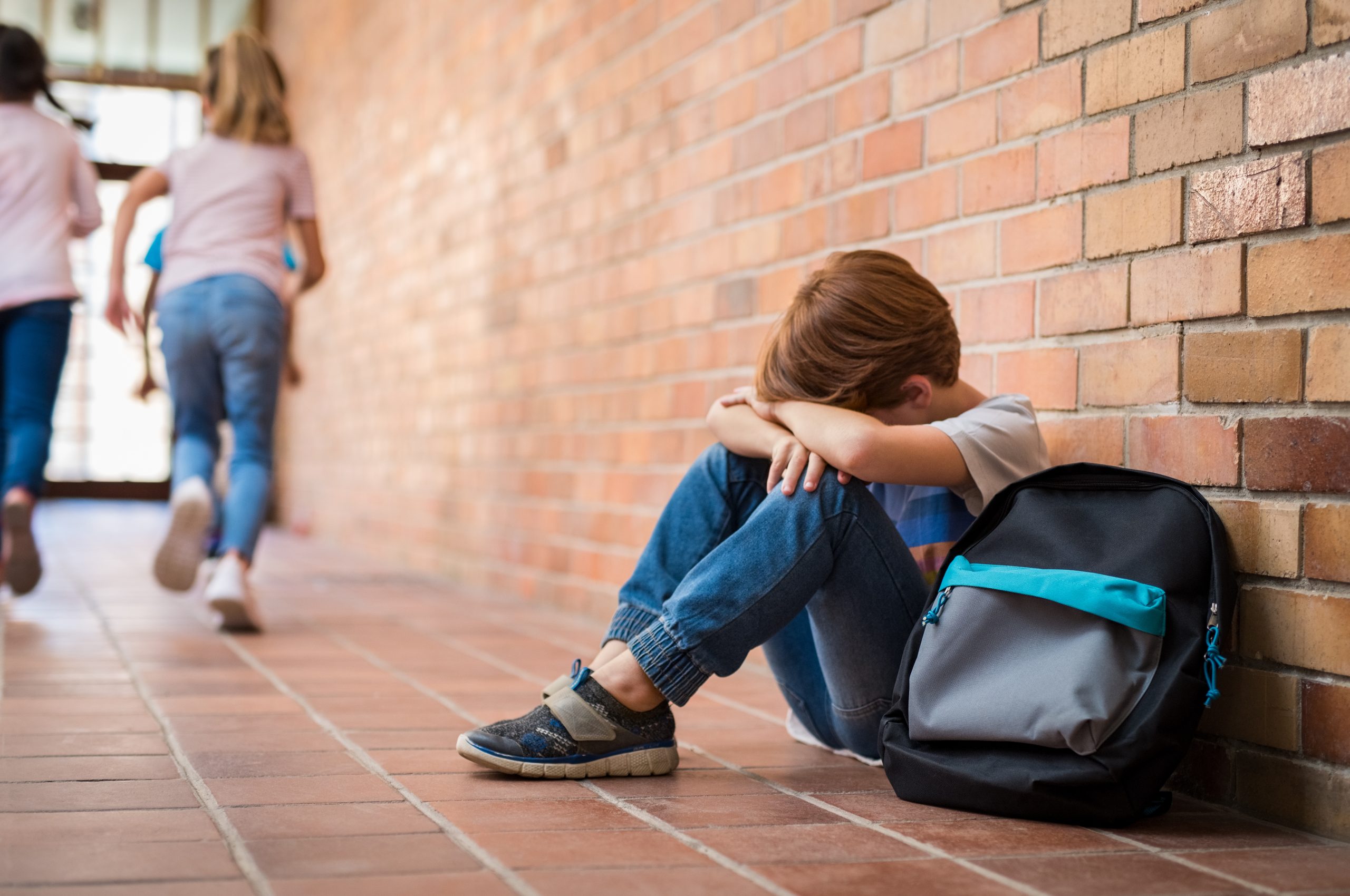
Bullying can be one of the most traumatic and toxic events of childhood. It can damage a child's self-esteem, create anxiety, and be a cause of social phobia and suicide. It is extremely important to stop bullying before it makes a crucial impact on your child's wellbeing. We all think we know how bullying looks, but it is not always as clear-cut as one would think. Kids can be mean to each other. They can vie for social order and structure and in the process hurt feelings, but this isn't always bullying. Sometimes, bullying can take the form of avoidance by leaving someone out or whispering or talking behind another child's back. Other times, bullying is exactly what you think it is: mean-spirited, ego-deflating verbal and/or physical abuse.
The Merriam-Webster definition of bullying is, "abuse and mistreatment of someone vulnerable by someone stronger, more powerful, etc." Bullying always involves a person in power mistreating someone lesser, smaller, younger, or not as popular as the bully.
According to the website stopbullying.gov, bullying occurs to attain or maintain social power or to elevate the bully's status in their peer group. Bullying can also be a tactic to show the bully's allegiance to their peer group, to fit in with their peer group, to exclude others from their peer group, and to control the behavior of others. There may also be environmental factors like family, social, school, or emotional factors that cause kids to bully.
What to do if your child is being bullied?
First and most importantly, let your child know you will help figure it out and stop it. Be empathic and let them know you are in this together. Investigate and ask questions before you run to the playground or schoolyard. Ask questions like, "who was there?", "how many kids saw this?", "what did the other kids do or say?", "how many times has this happened?". By investigating objectively, you can get a better picture of what provoked the situation. Is there a pattern of behavior and did anyone stand up for your child?
Once you have confirmed a pattern of behavior, speaking to other adults involved (teachers, coaches, etc.) and discussing in a non-confrontational manner is a great first start. Enlist other beloved adults, teachers, and trusted peers to help. Speak with the school (if it is a school-based issue or even just inform them). Ask trusted sources to look out for any bullying behavior in class, on the playground, in the lunchroom, or during extracurricular activities.
Second, arm your child with strategies to deal with the bully. It is important in any power struggle for the victim to gain power, thereby disabling the power dyad. With the power of the victim and the bully being equal, there will be less likelihood of your child being bullied. Teach your child things that give them mental and physical strength and give lots of positive reinforcement. Sign up for new ego-building activities that will give them the confidence to deal with bullying behaviors. Some good ideas are rock climbing, martial arts, swimming, golf, tennis, and art lessons. Getting your child involved in activities that they feel good about, or is skilled at, helps build confidence. Having confidence brings assertiveness and the ability to say, "leave me alone" or "go away."
Bullying is one of the most common reasons for suicide, suicidal ideation, and depression. It can also cause social and school avoidance as well as self-esteem issues and anxiety. If your child exhibits any of these symptoms, especially if you feel there is a change in your child's behavior, speak with your doctor or mental health professional immediately. Many times, there are real reasons for this change in mental health. Finding people to help can be a huge relief and an important part of recovery from bullying.
For more information on bullying and how you can help your child, please visit the links below:

